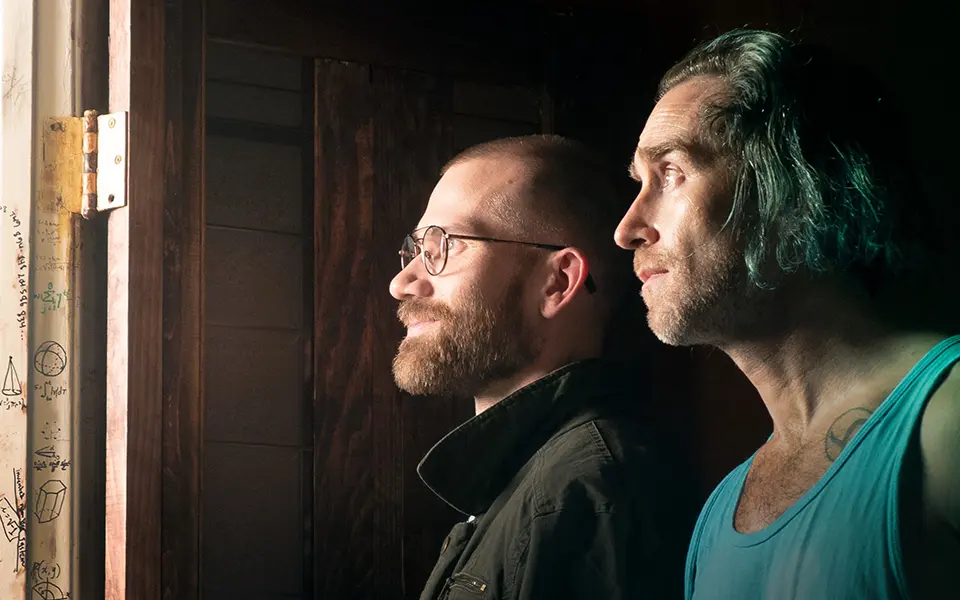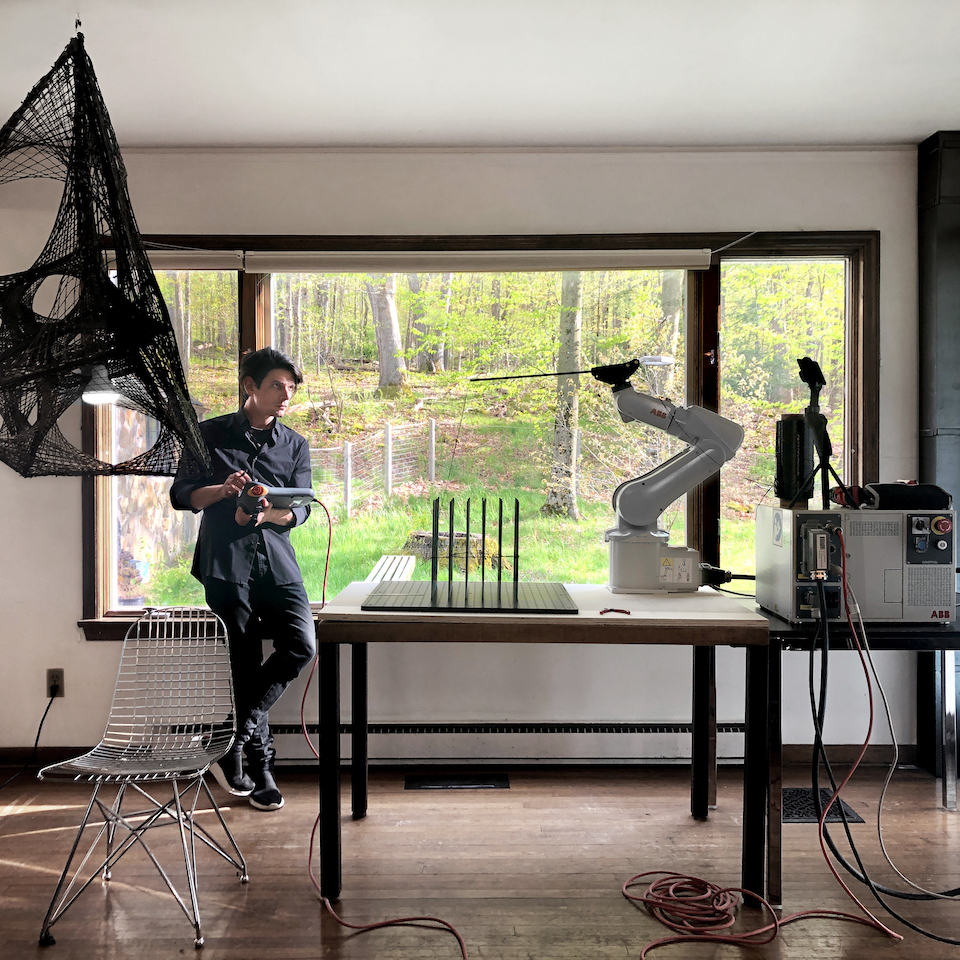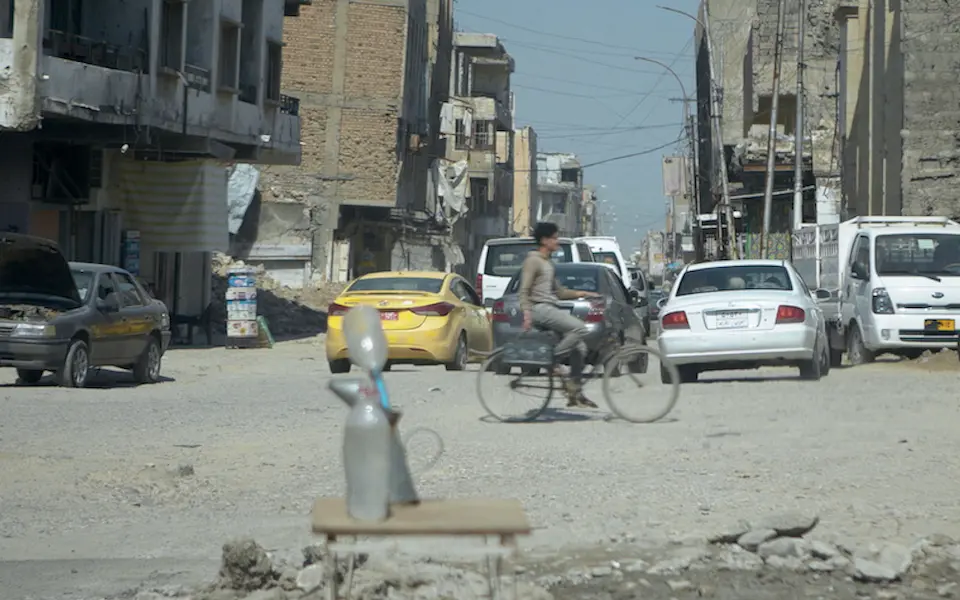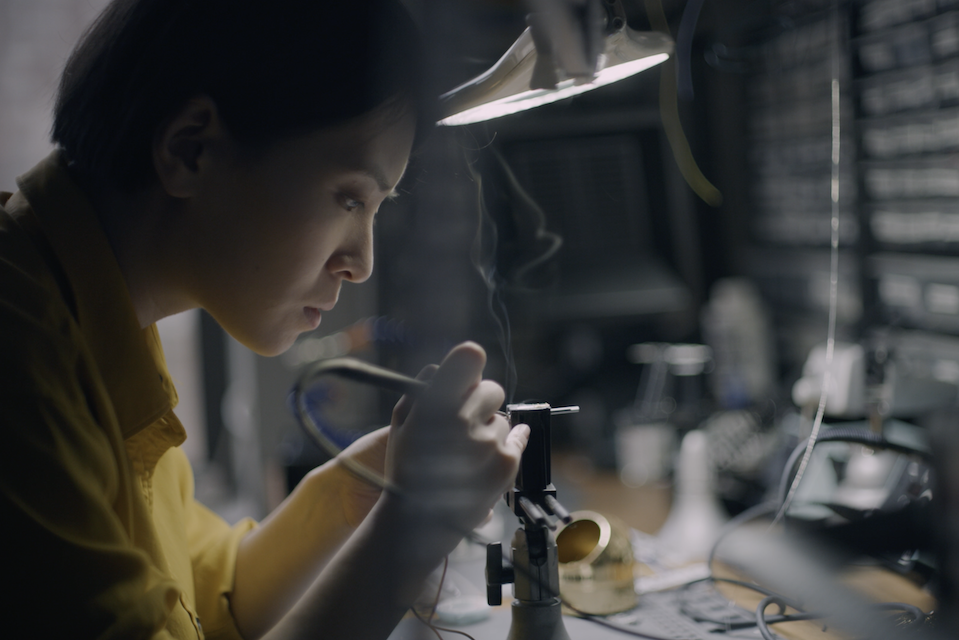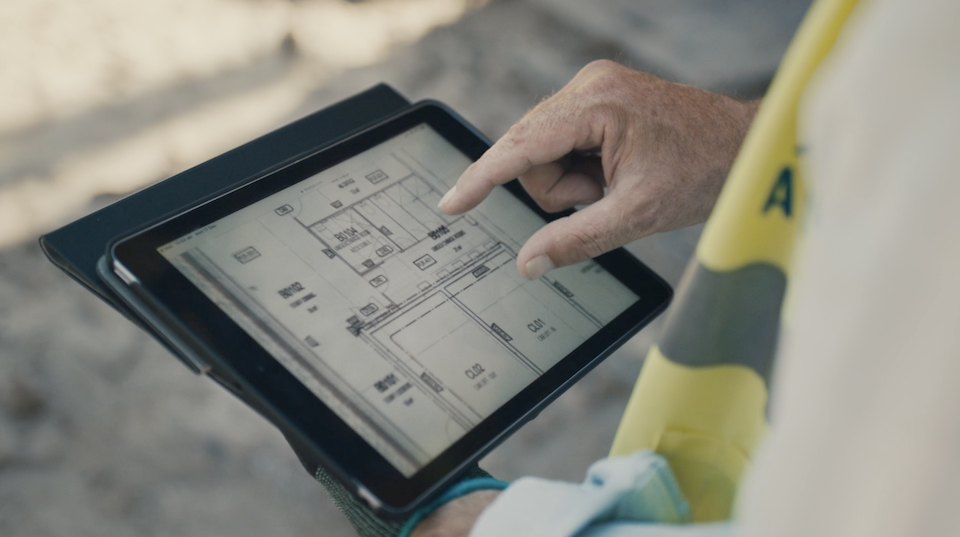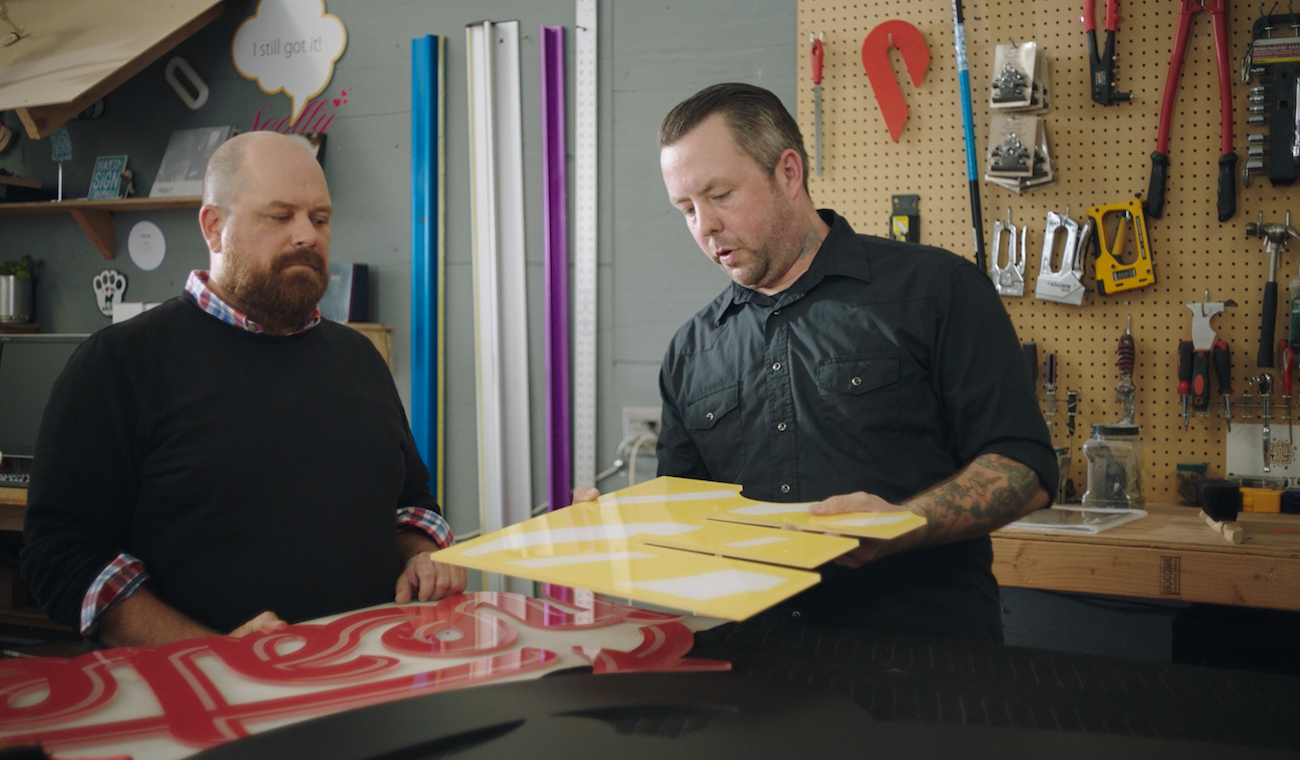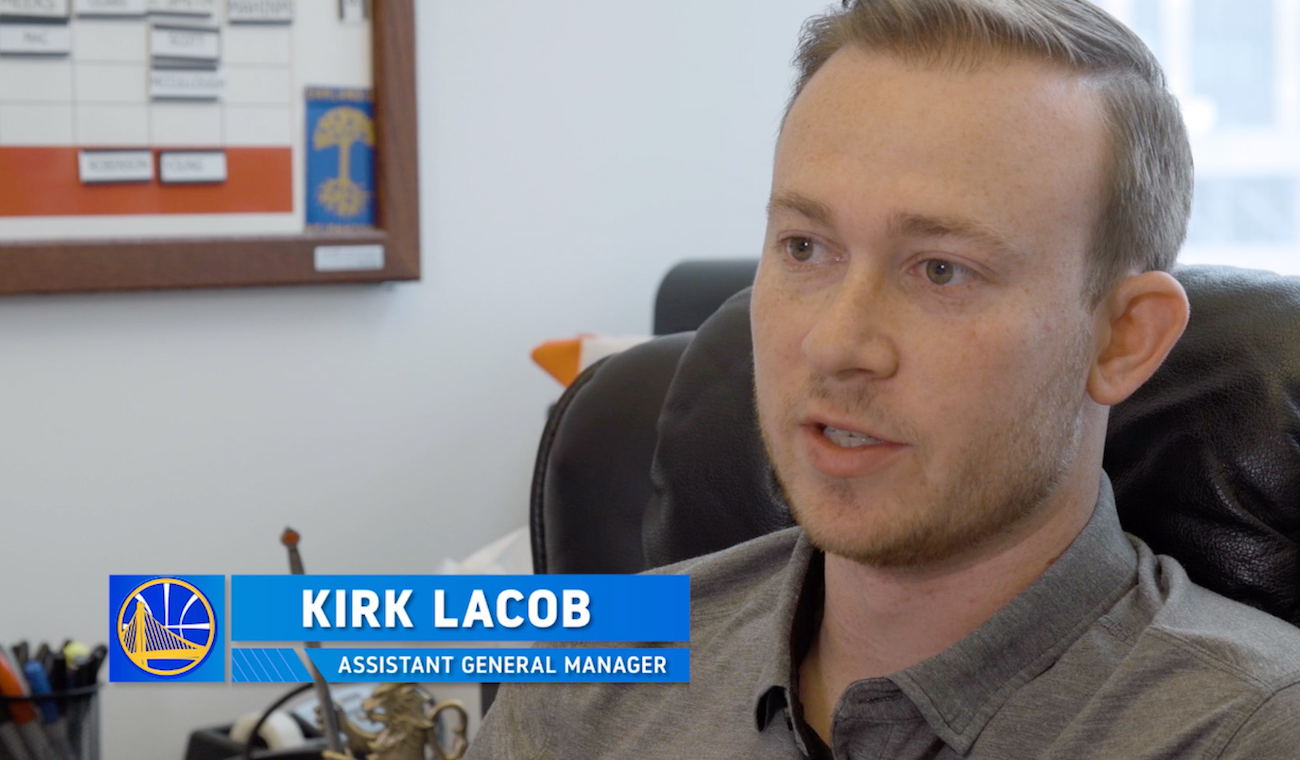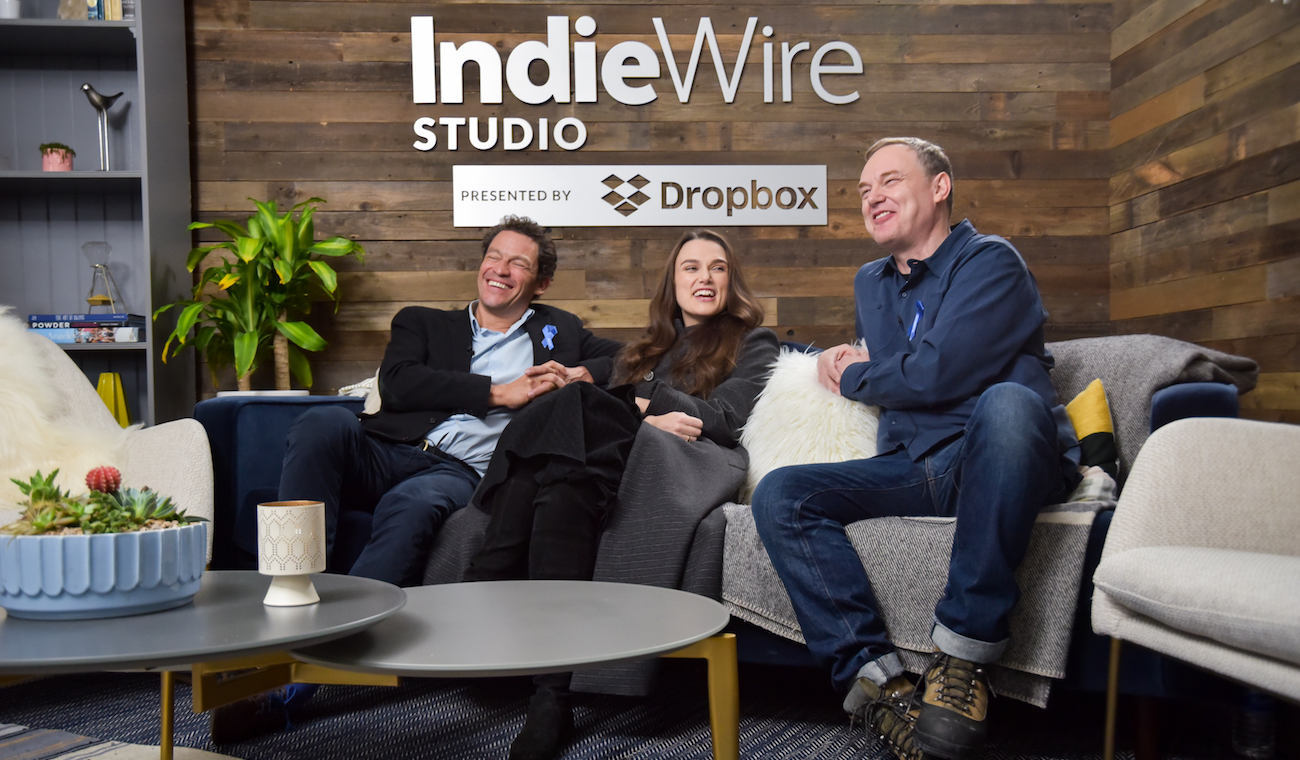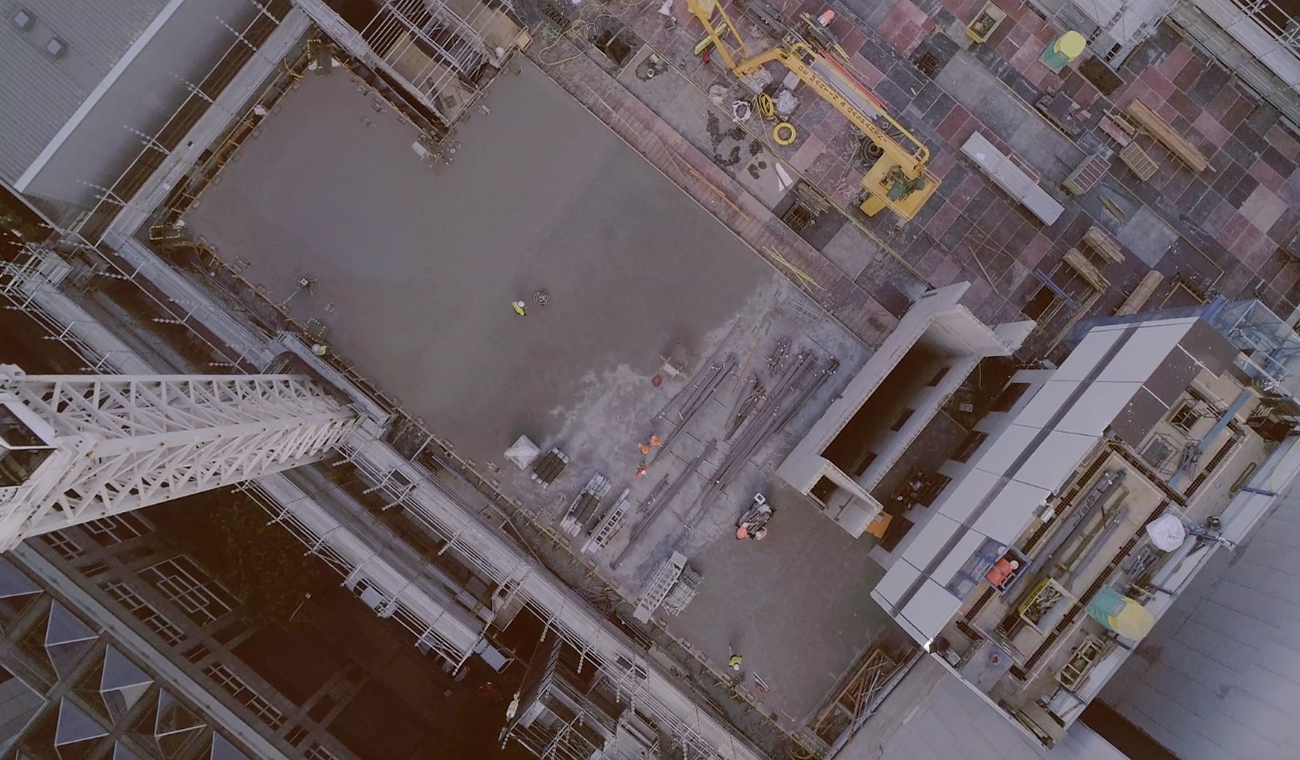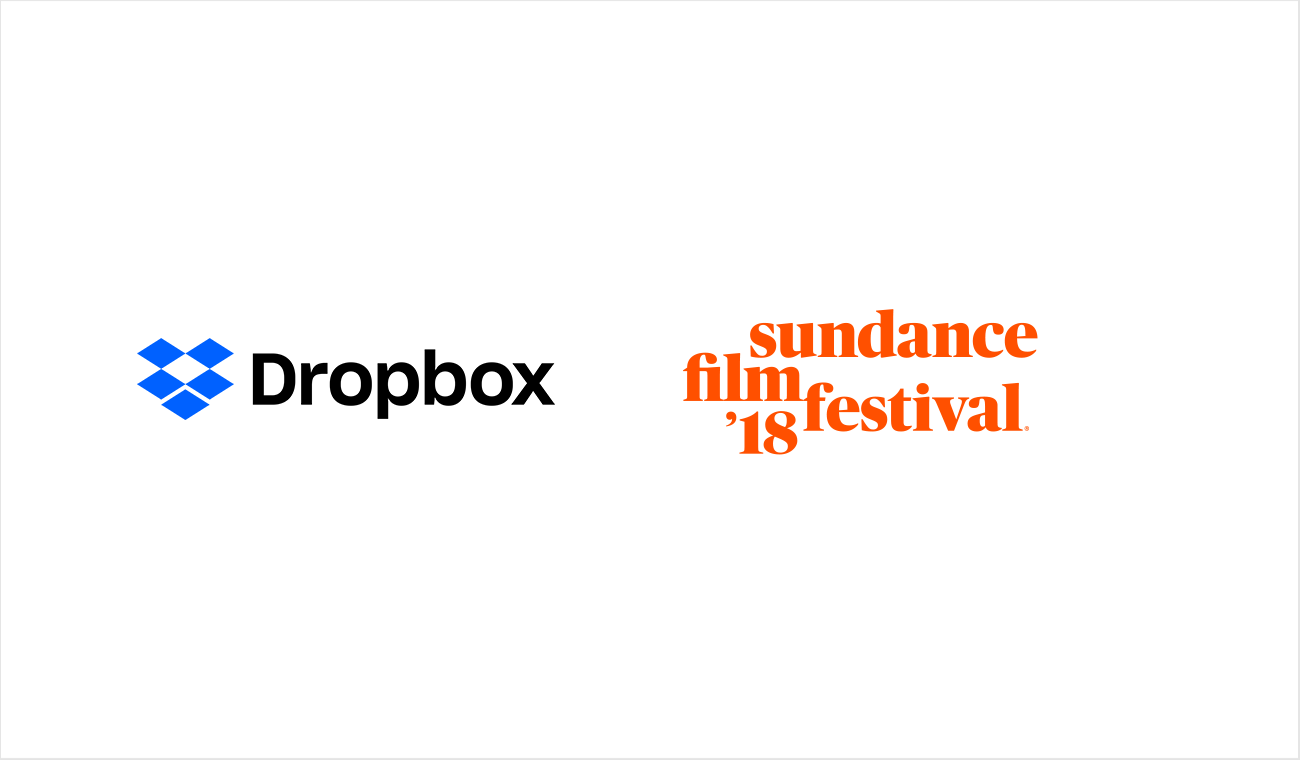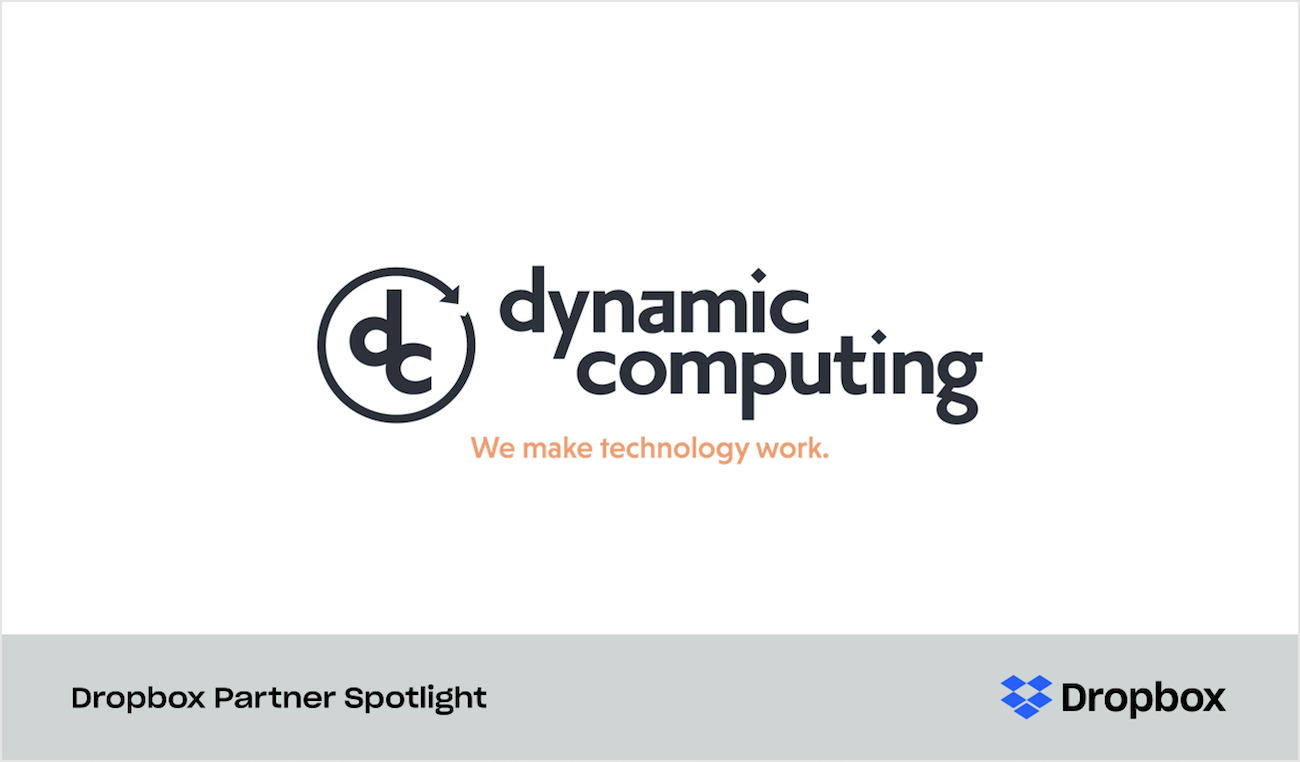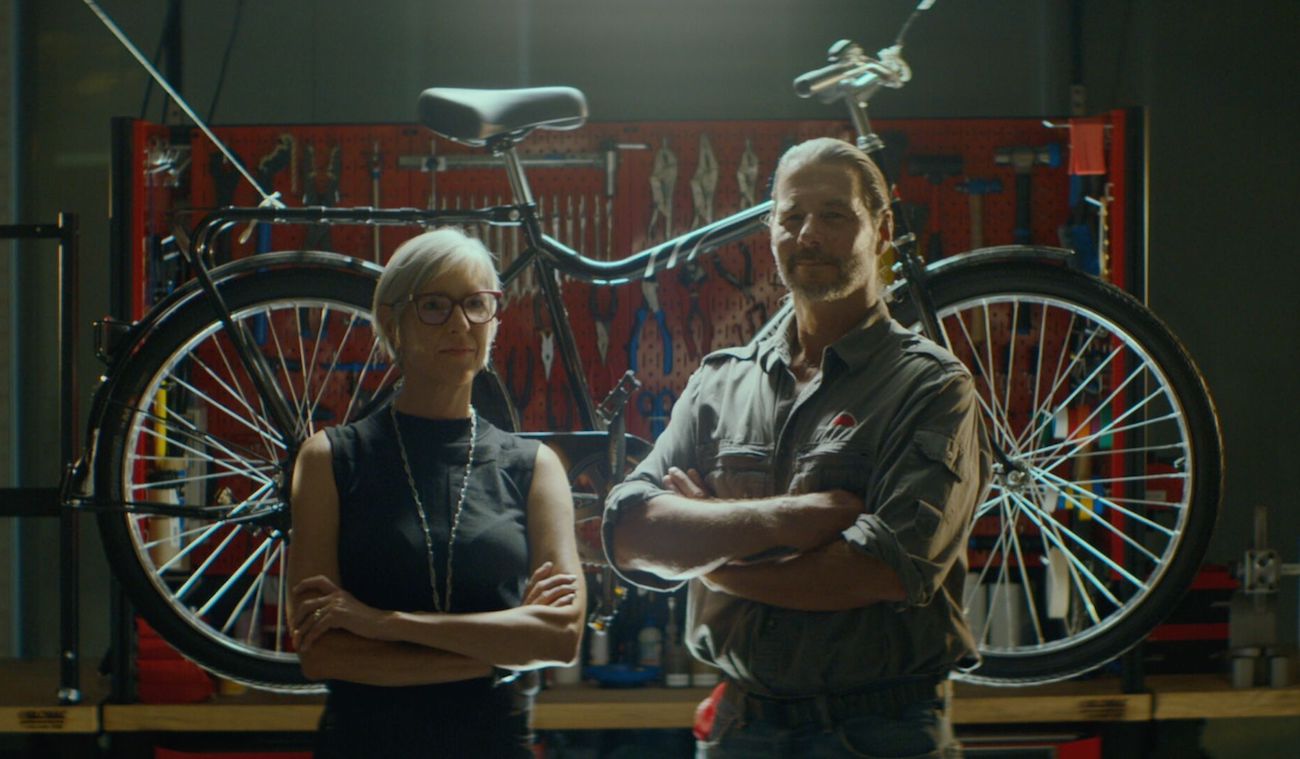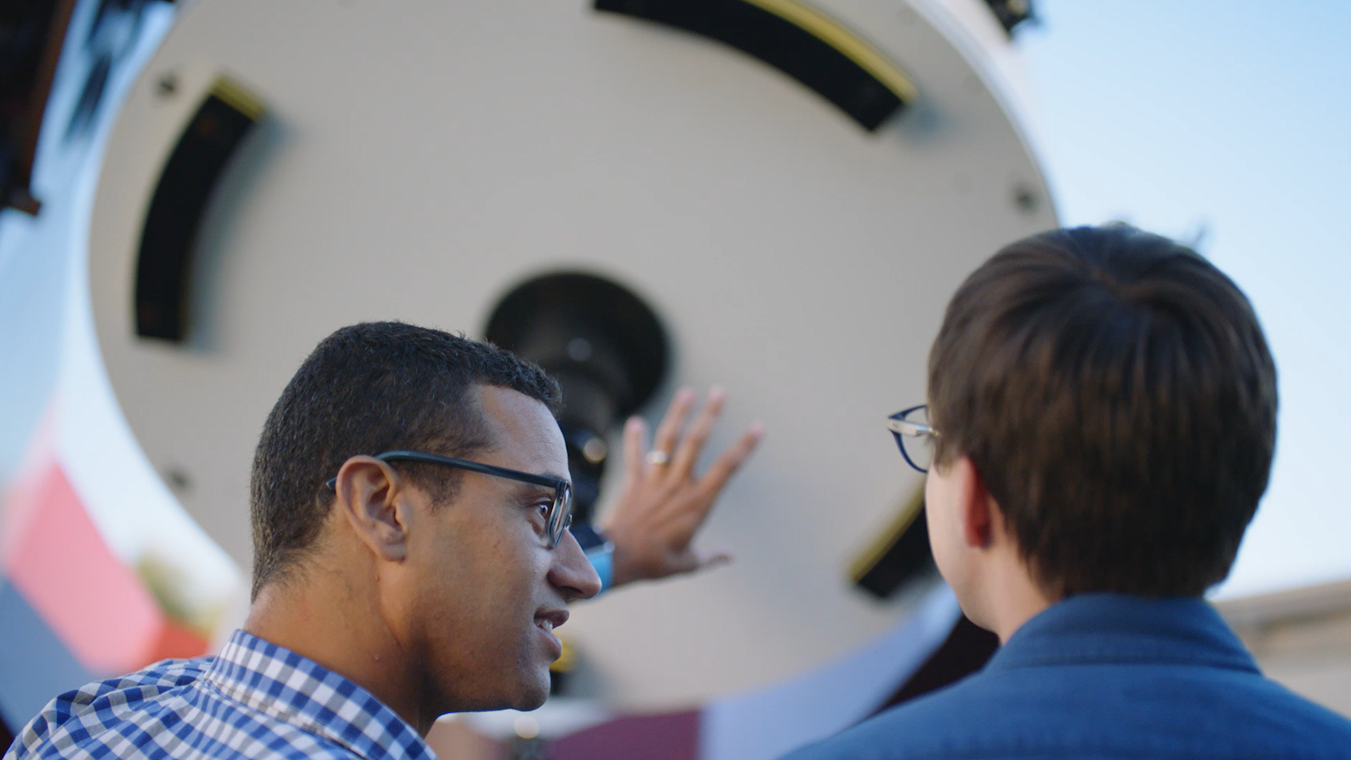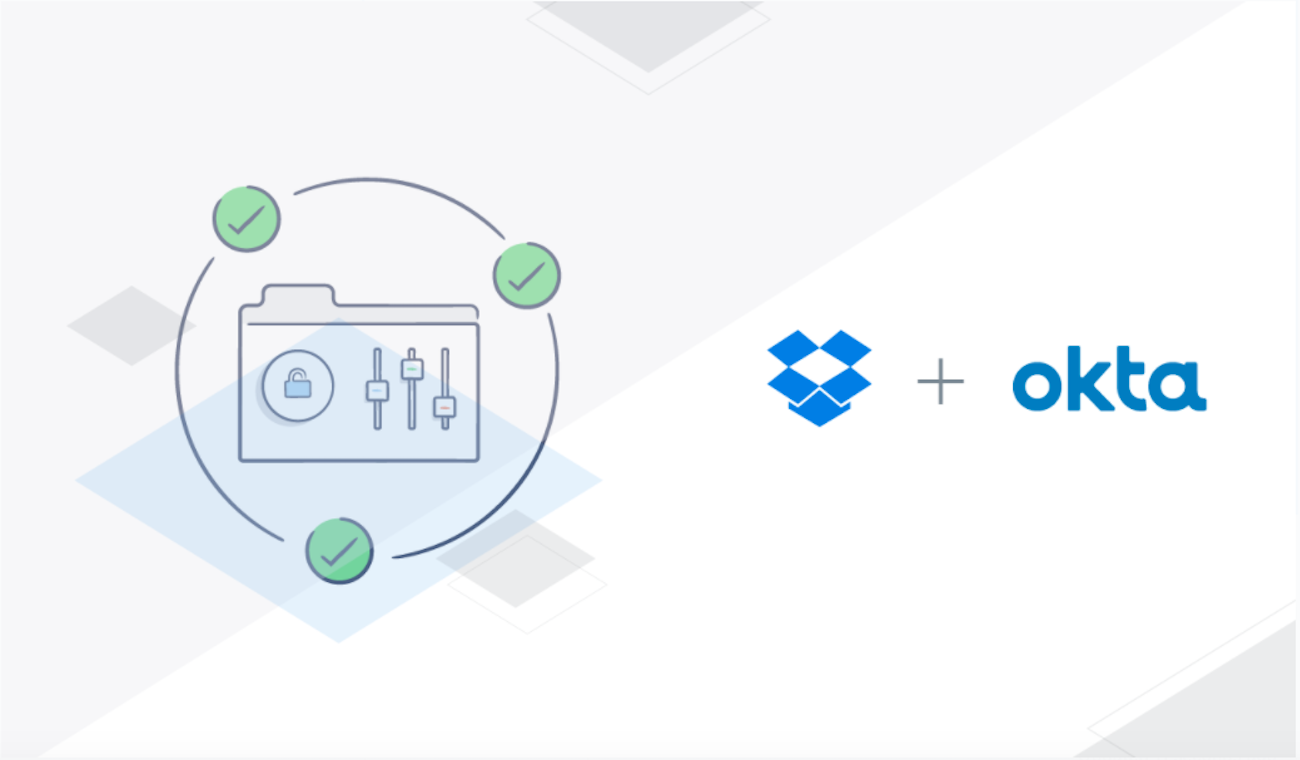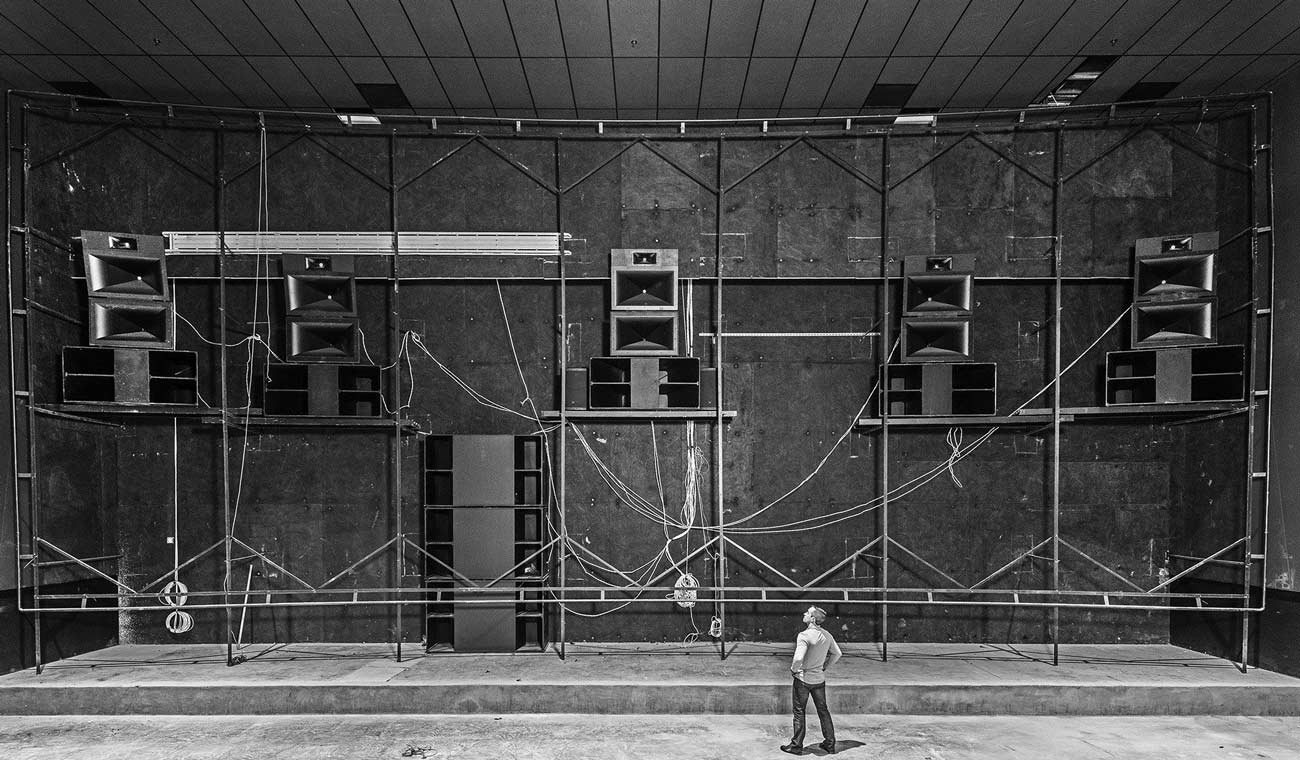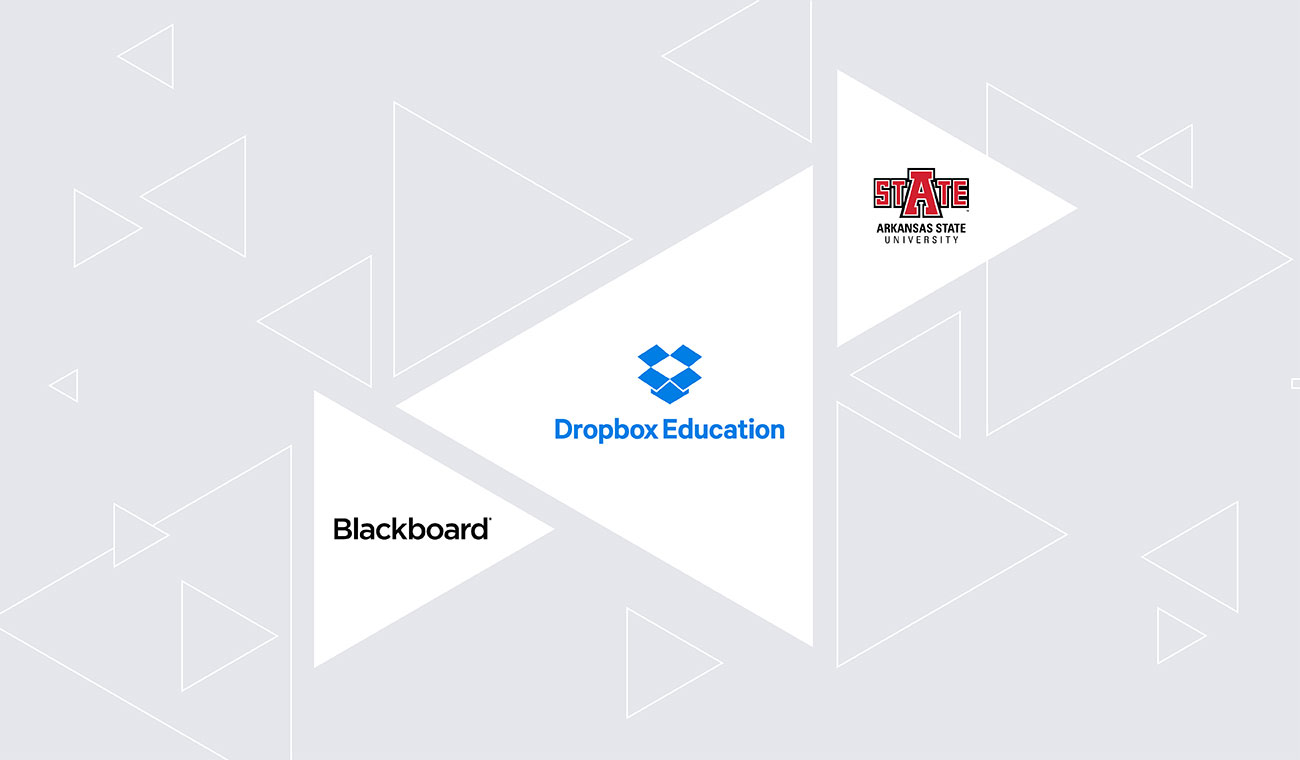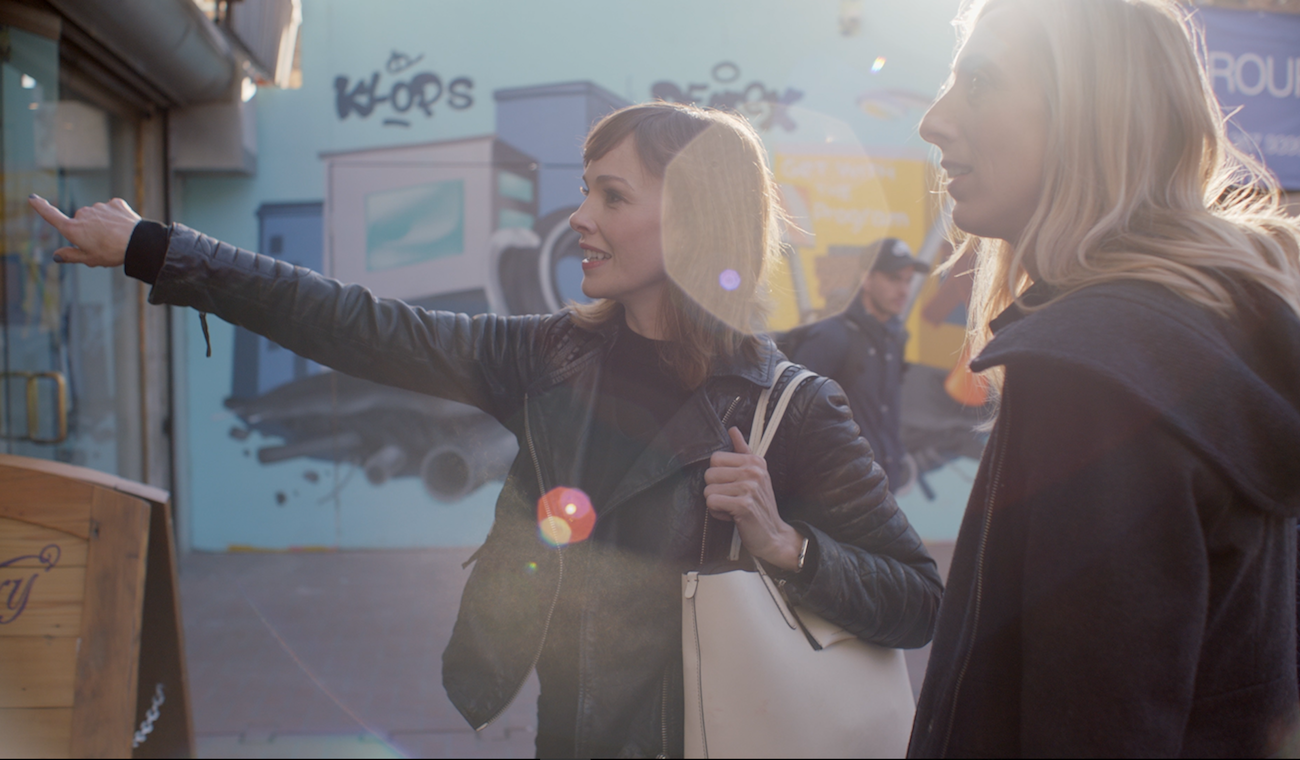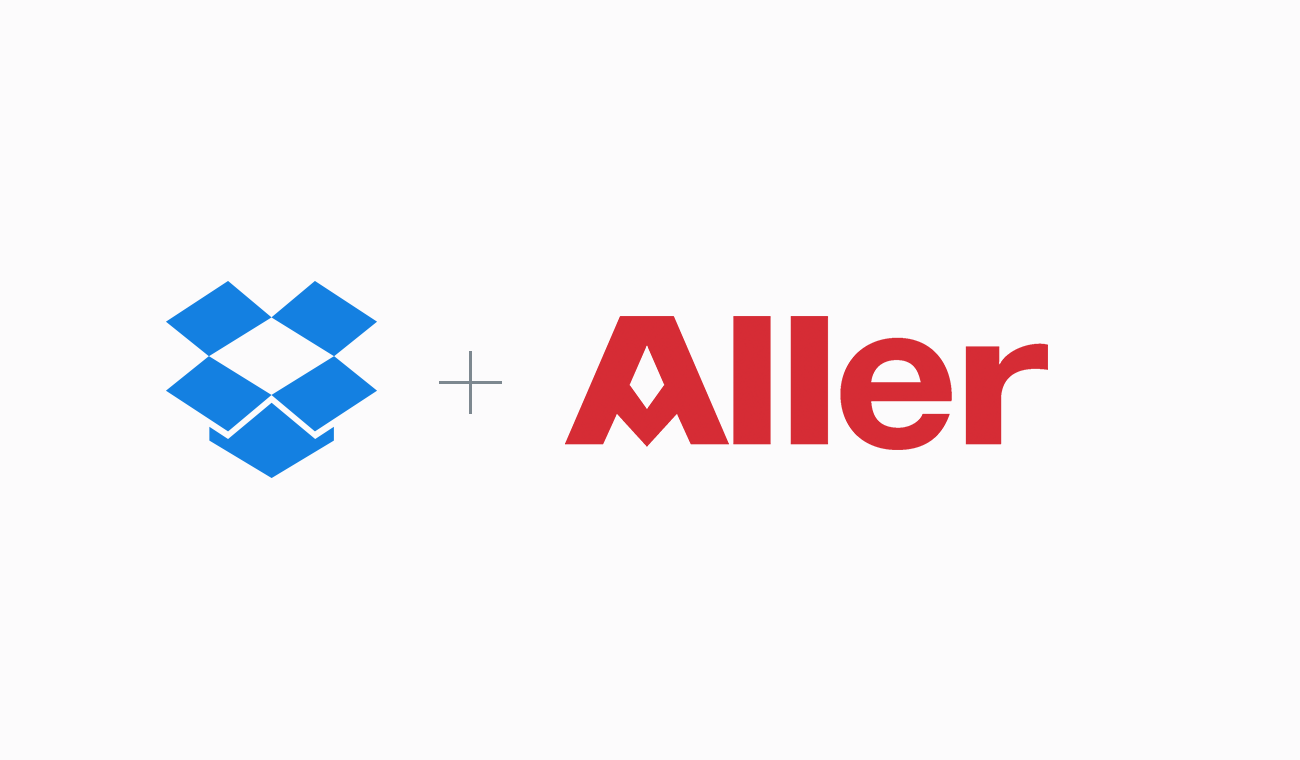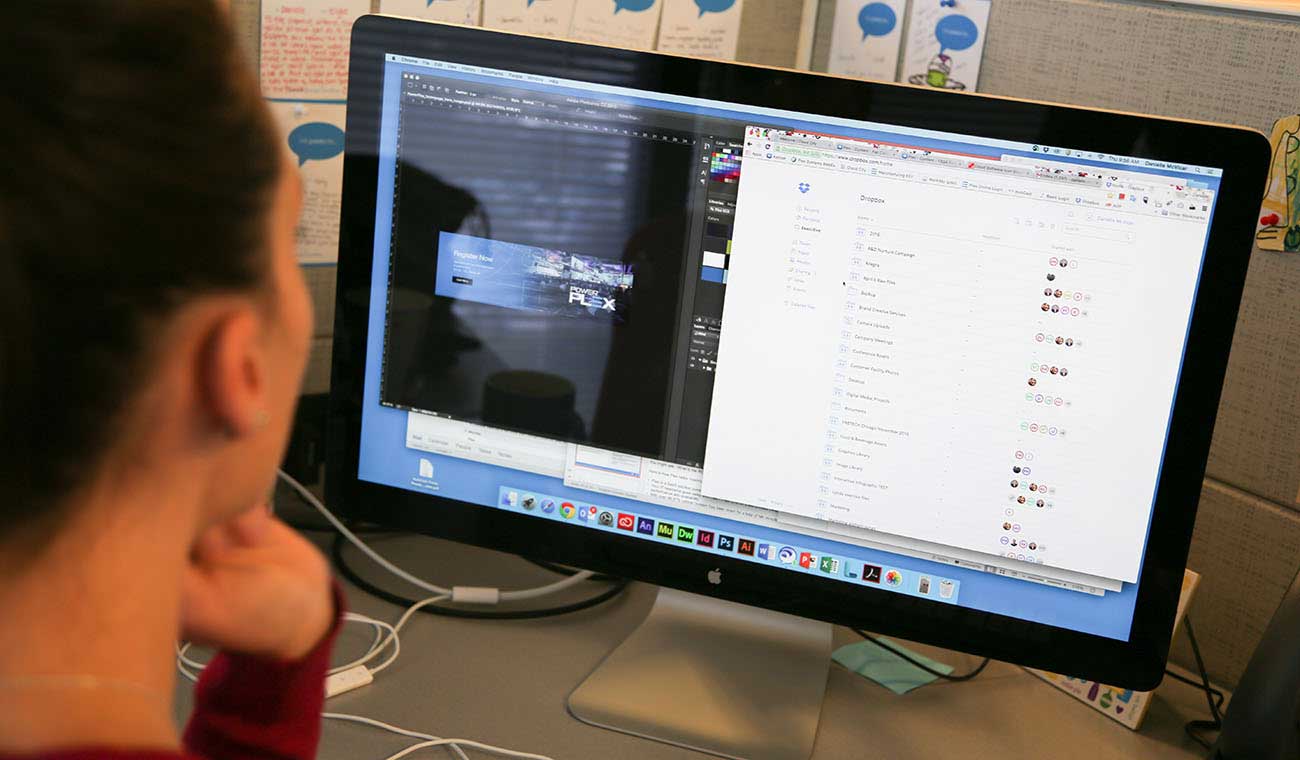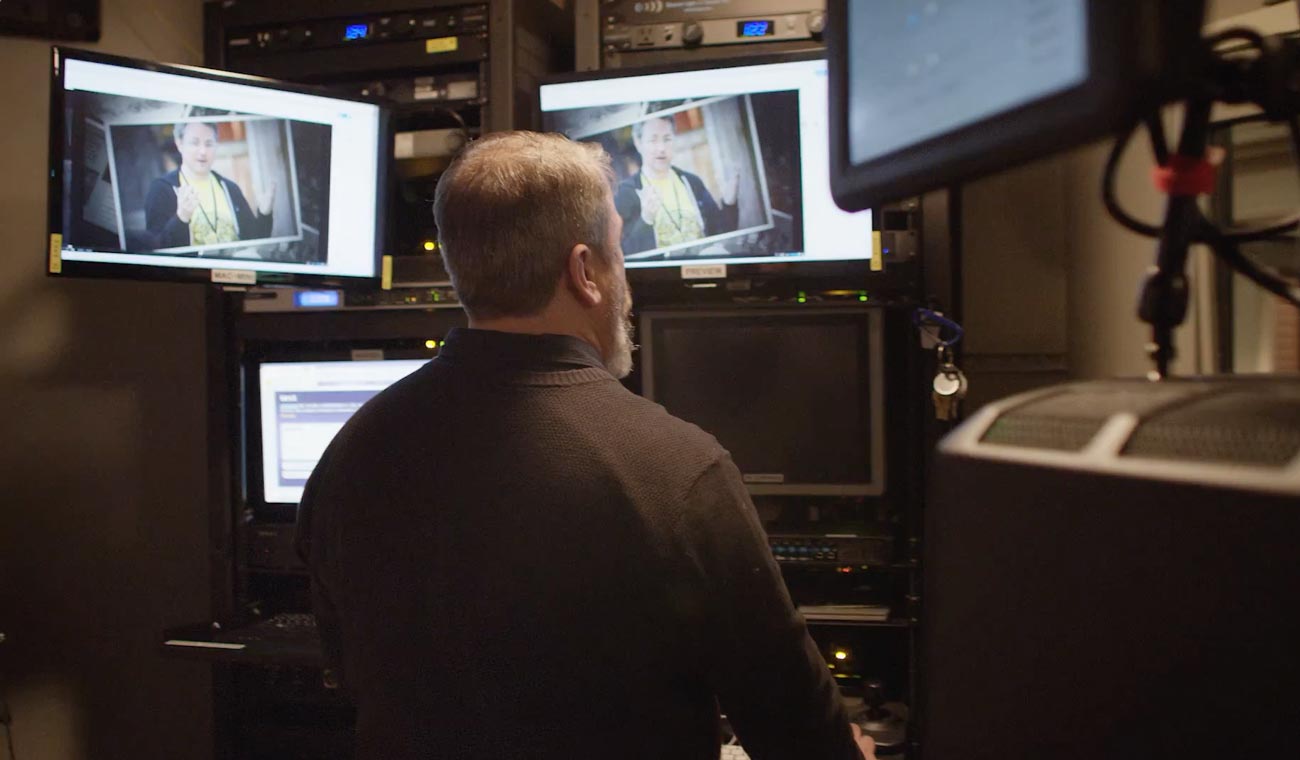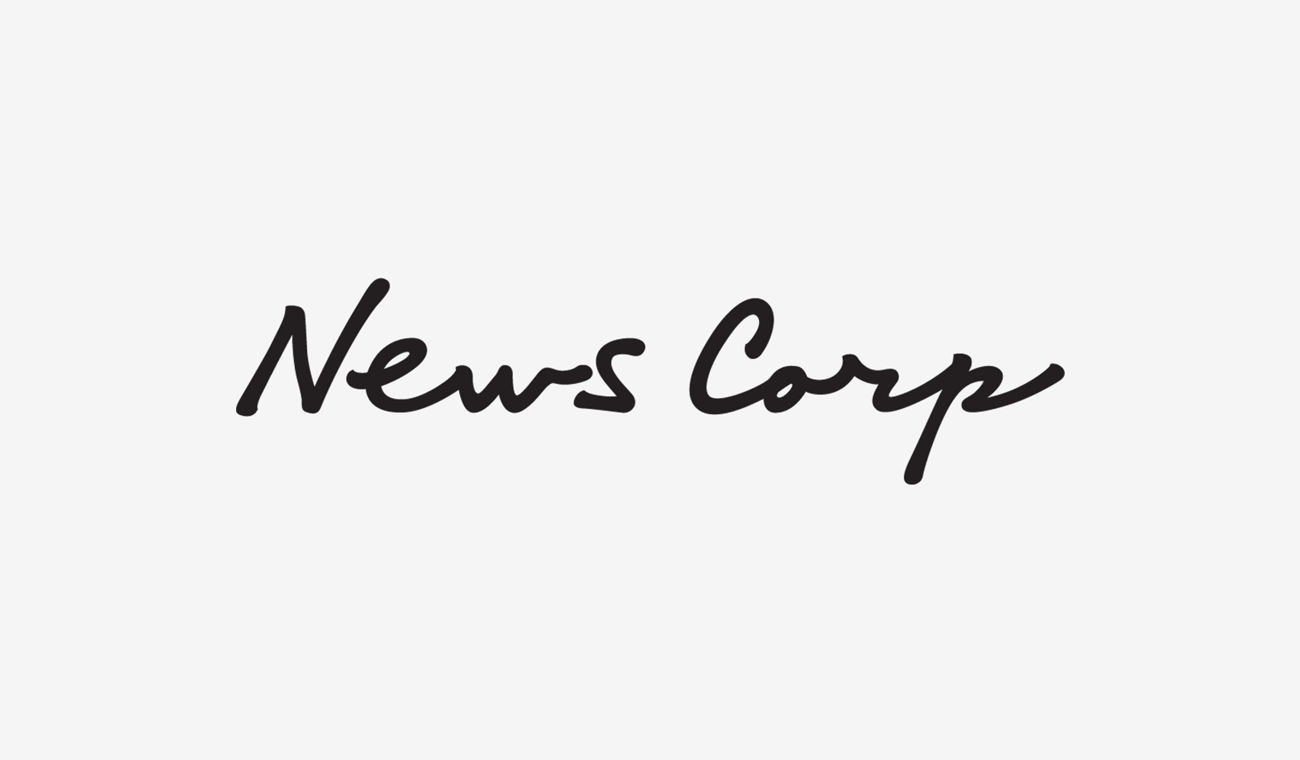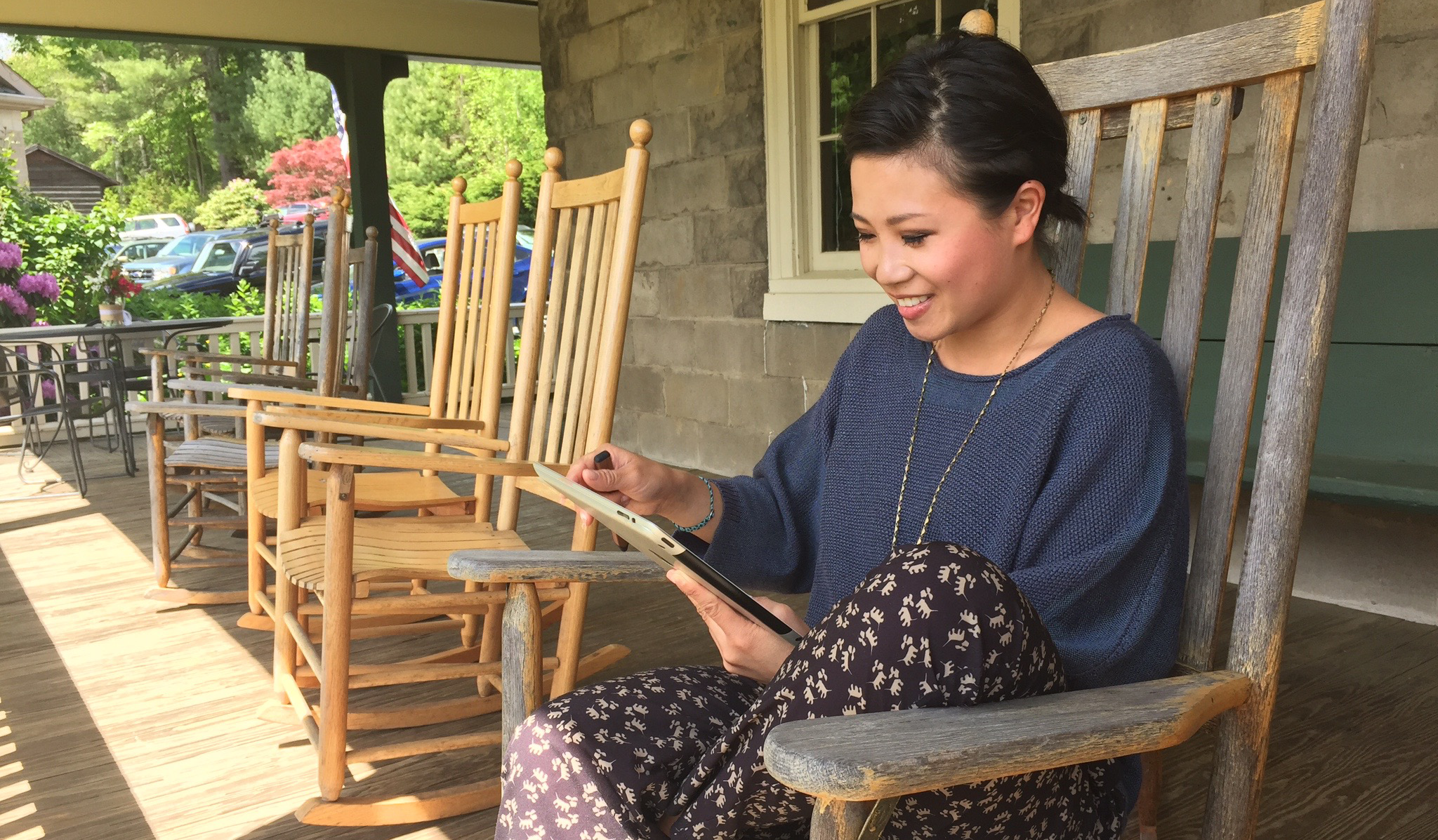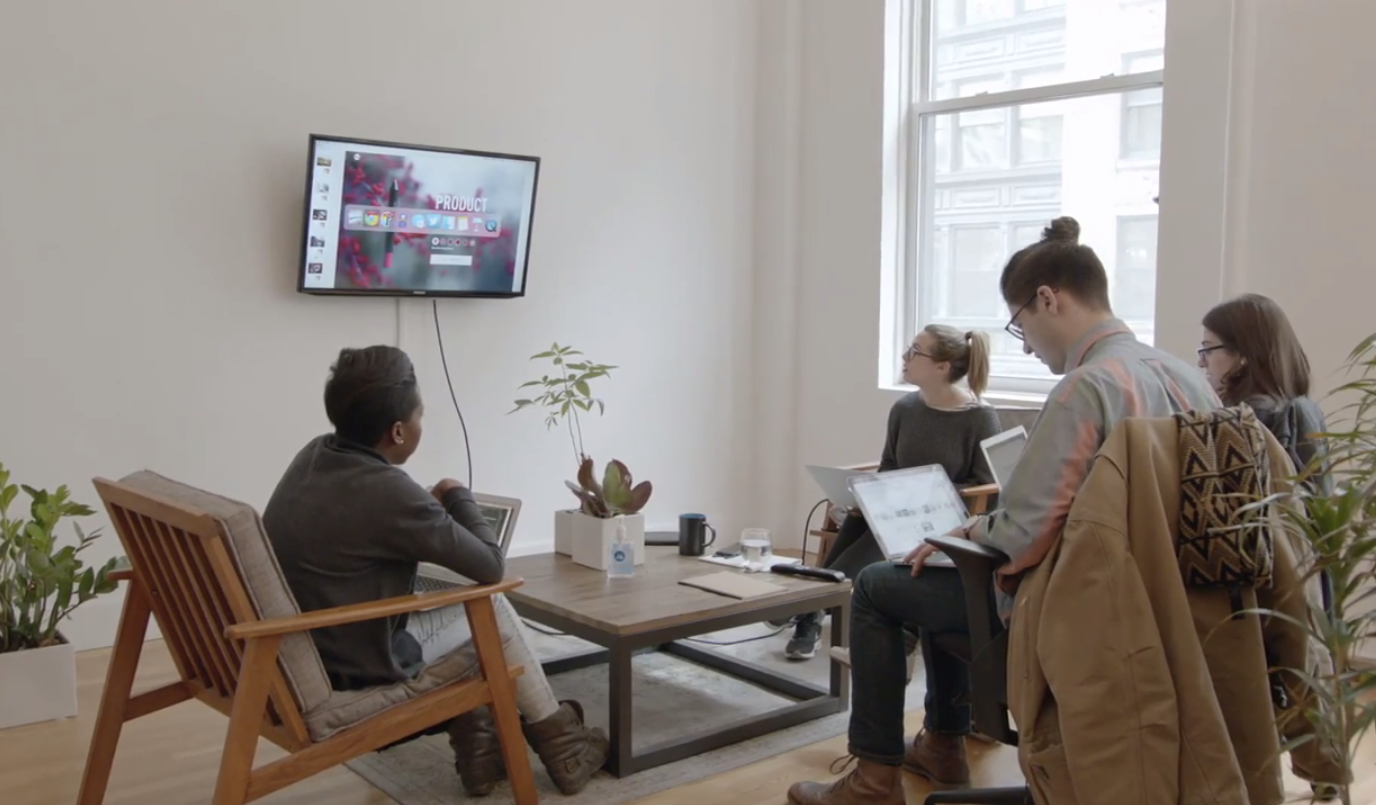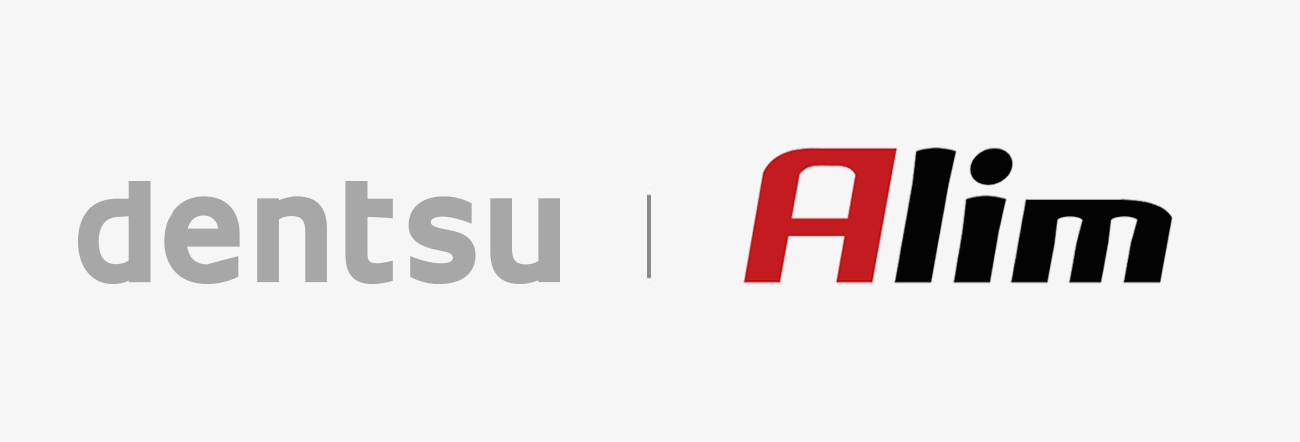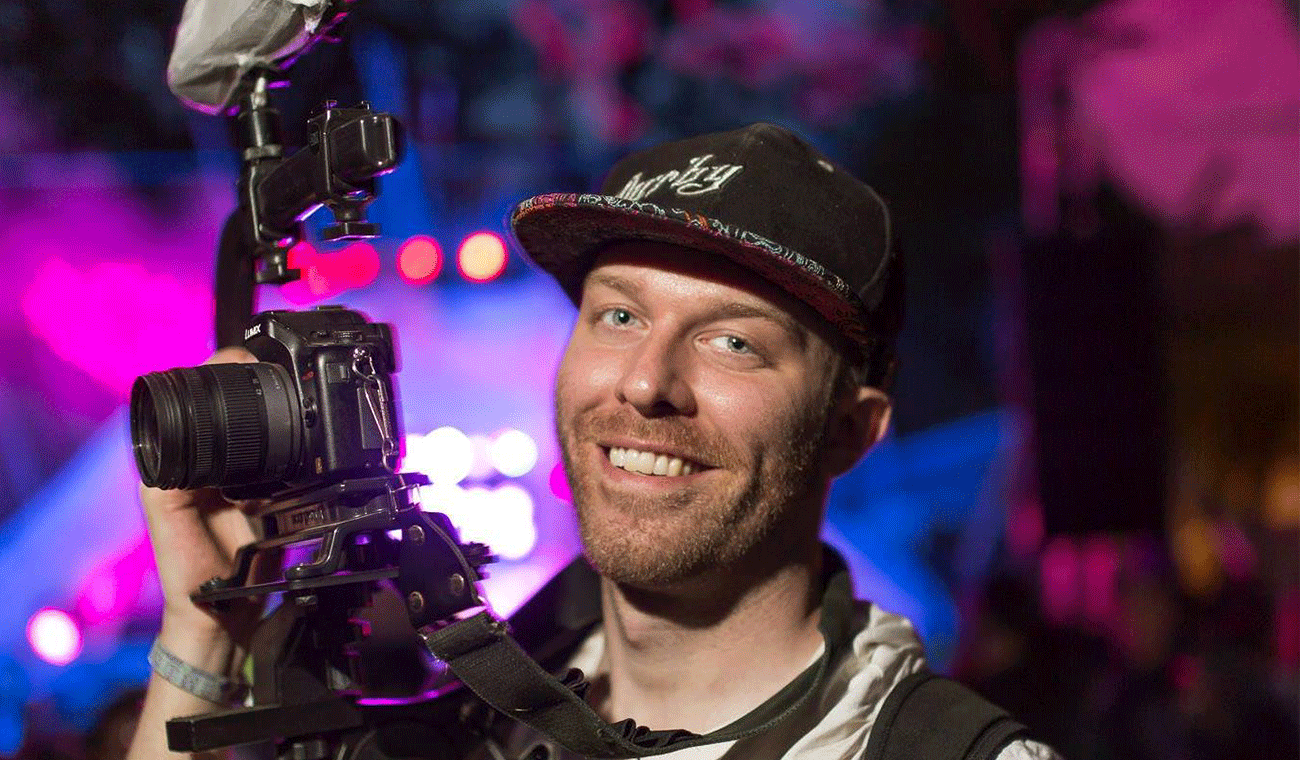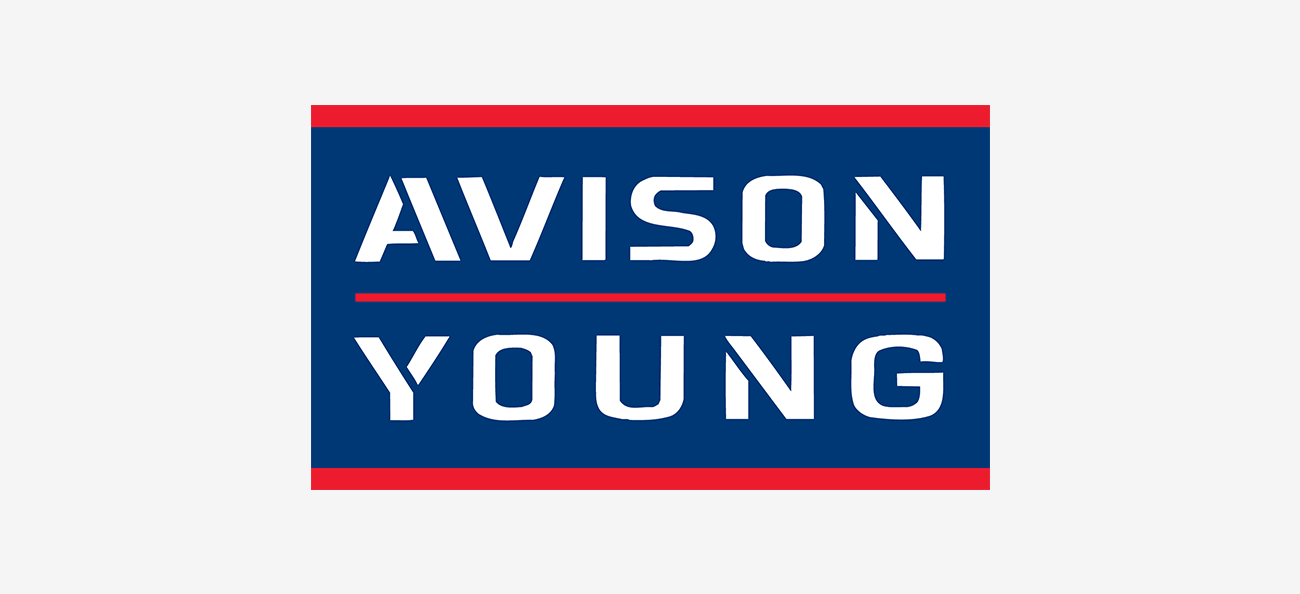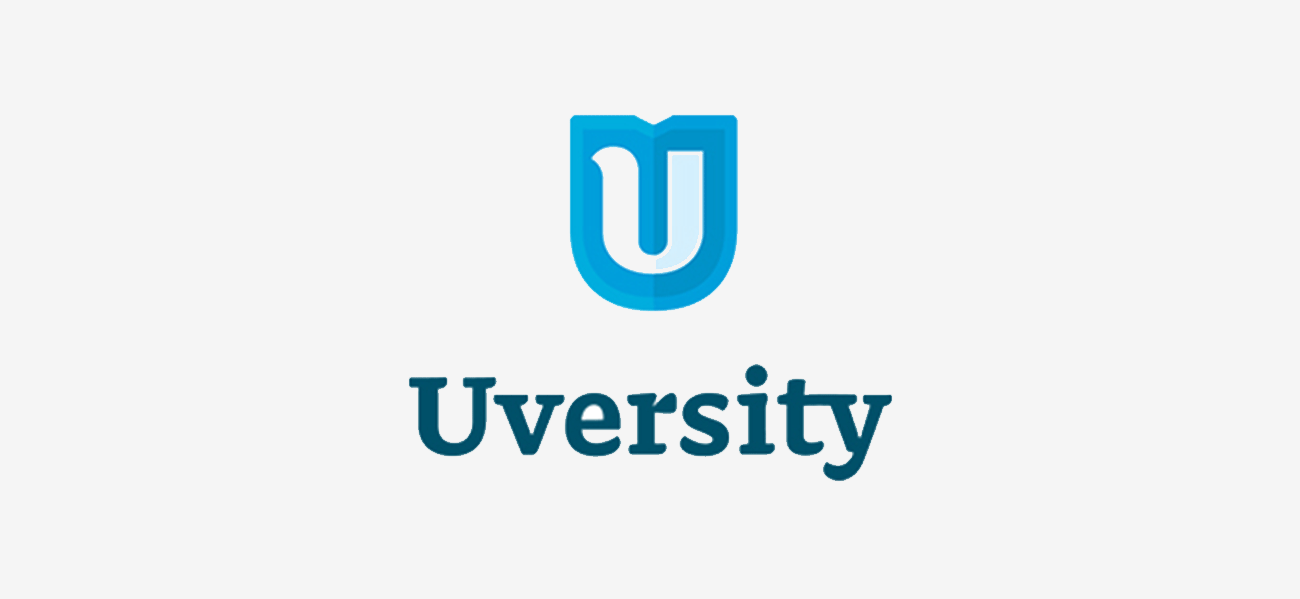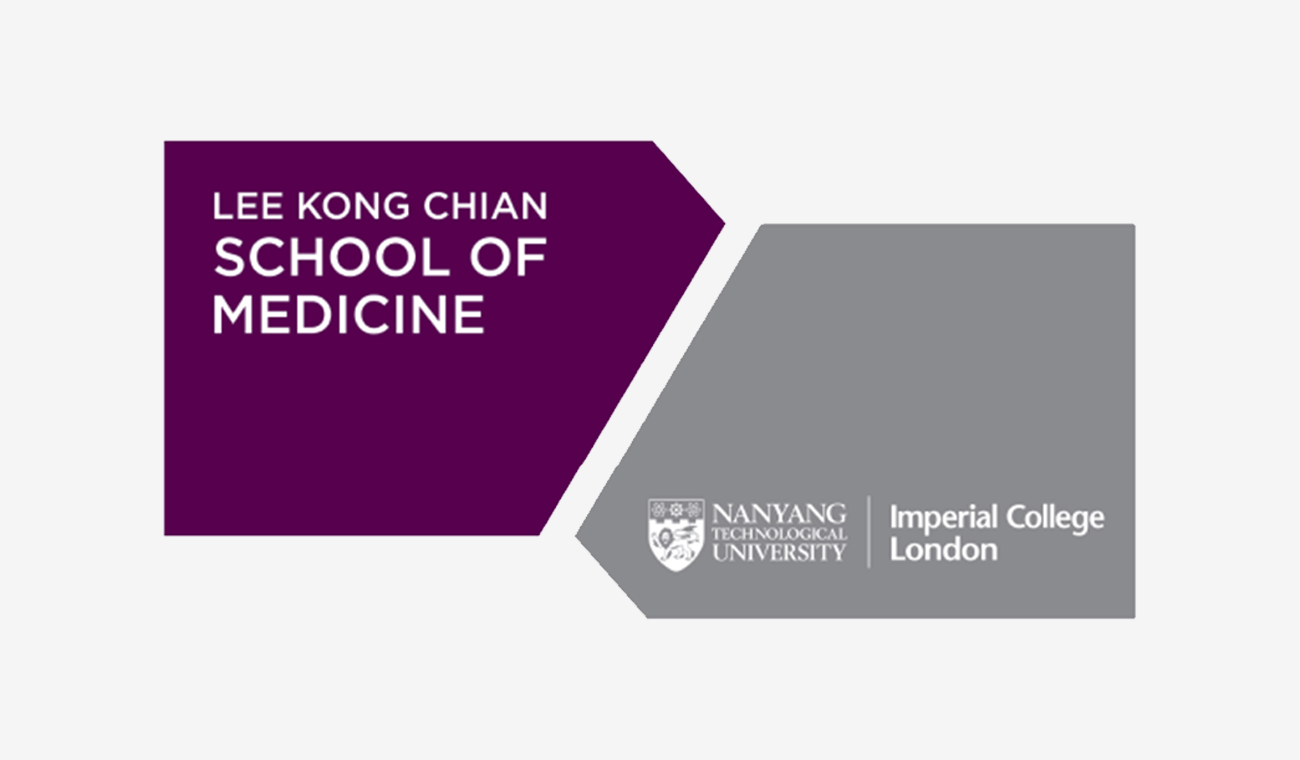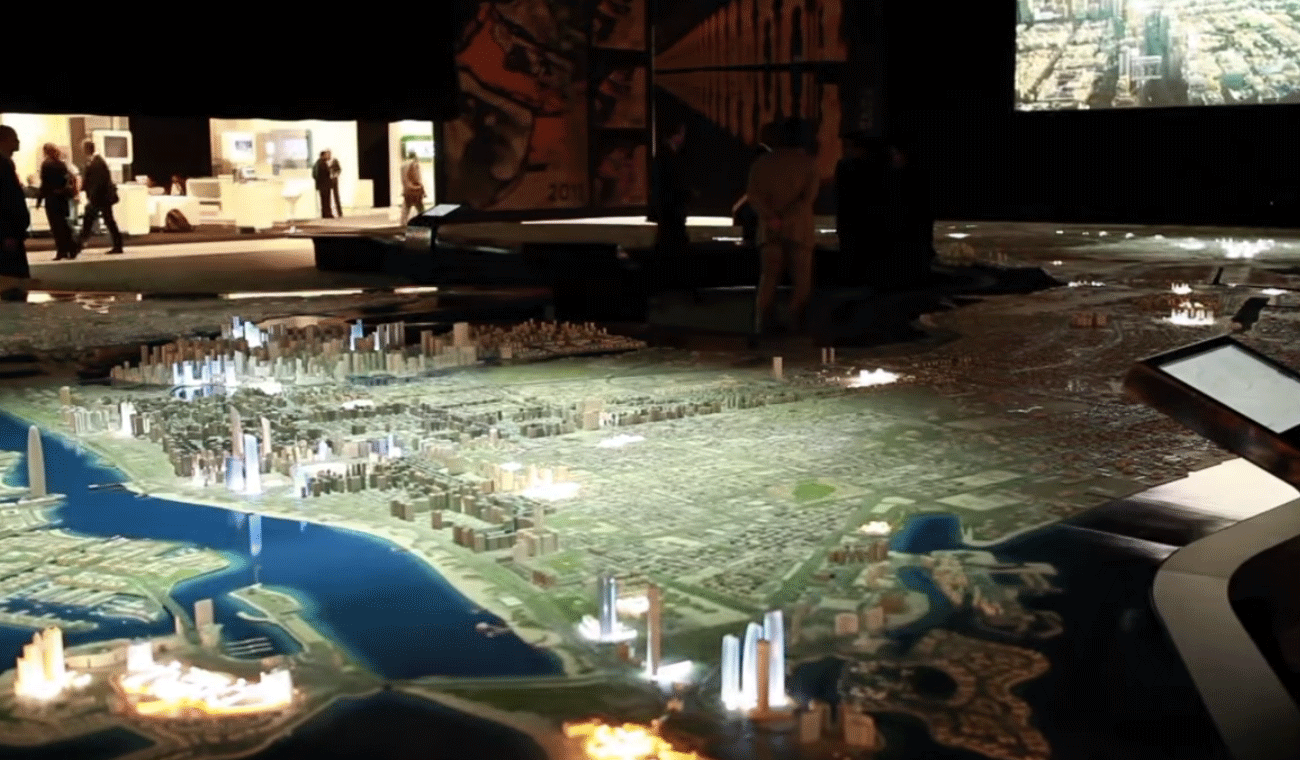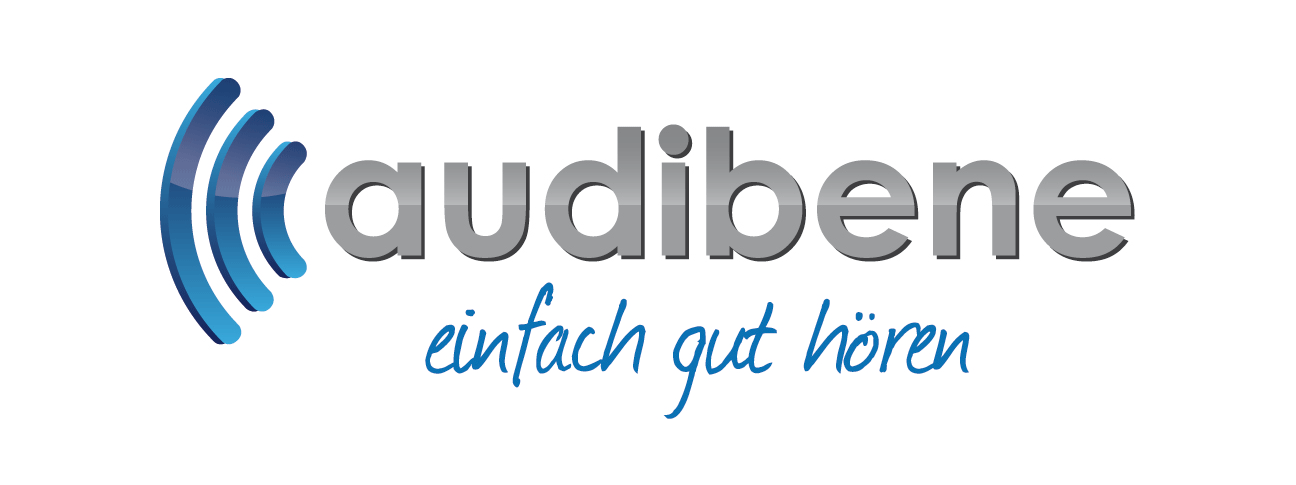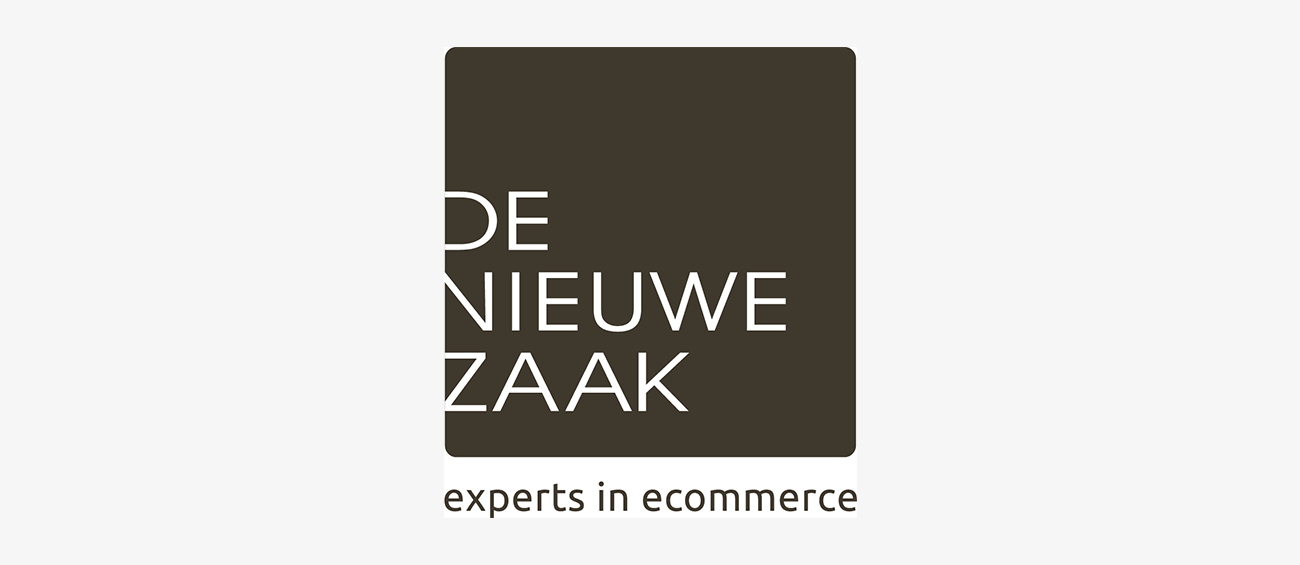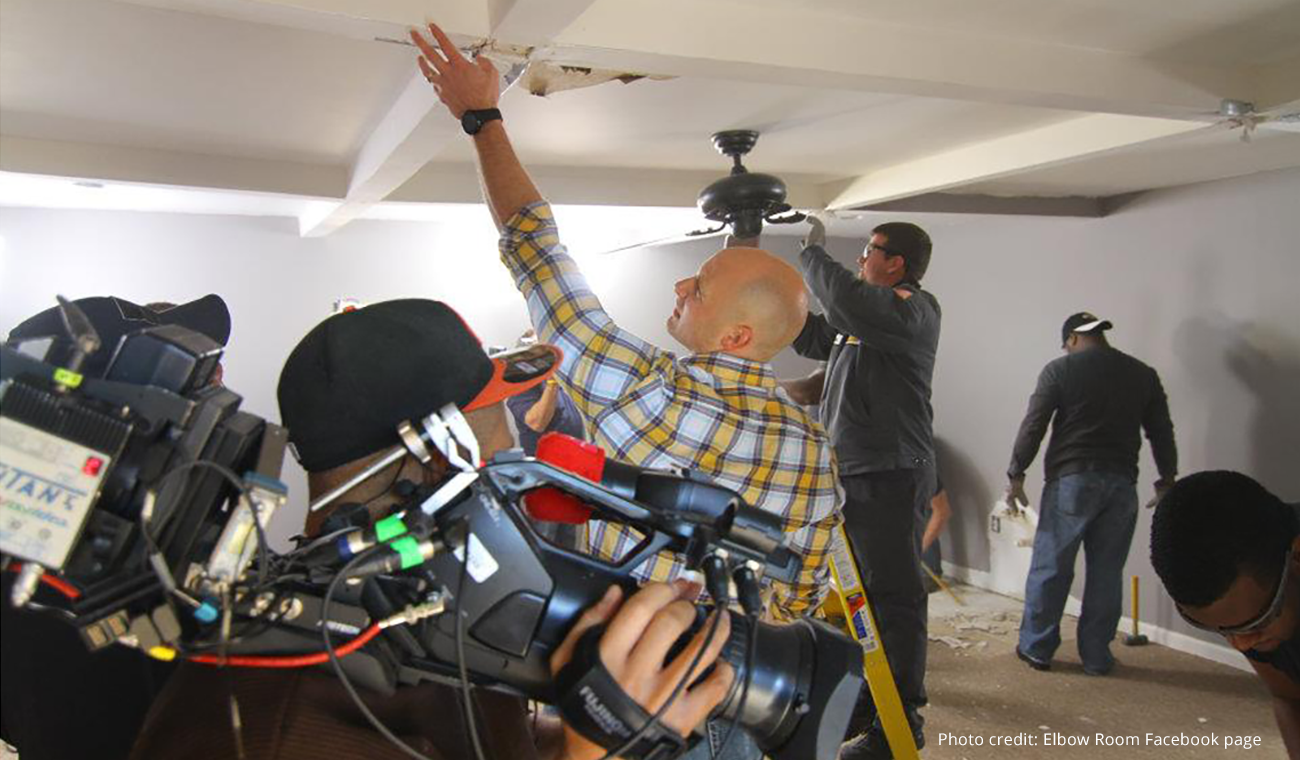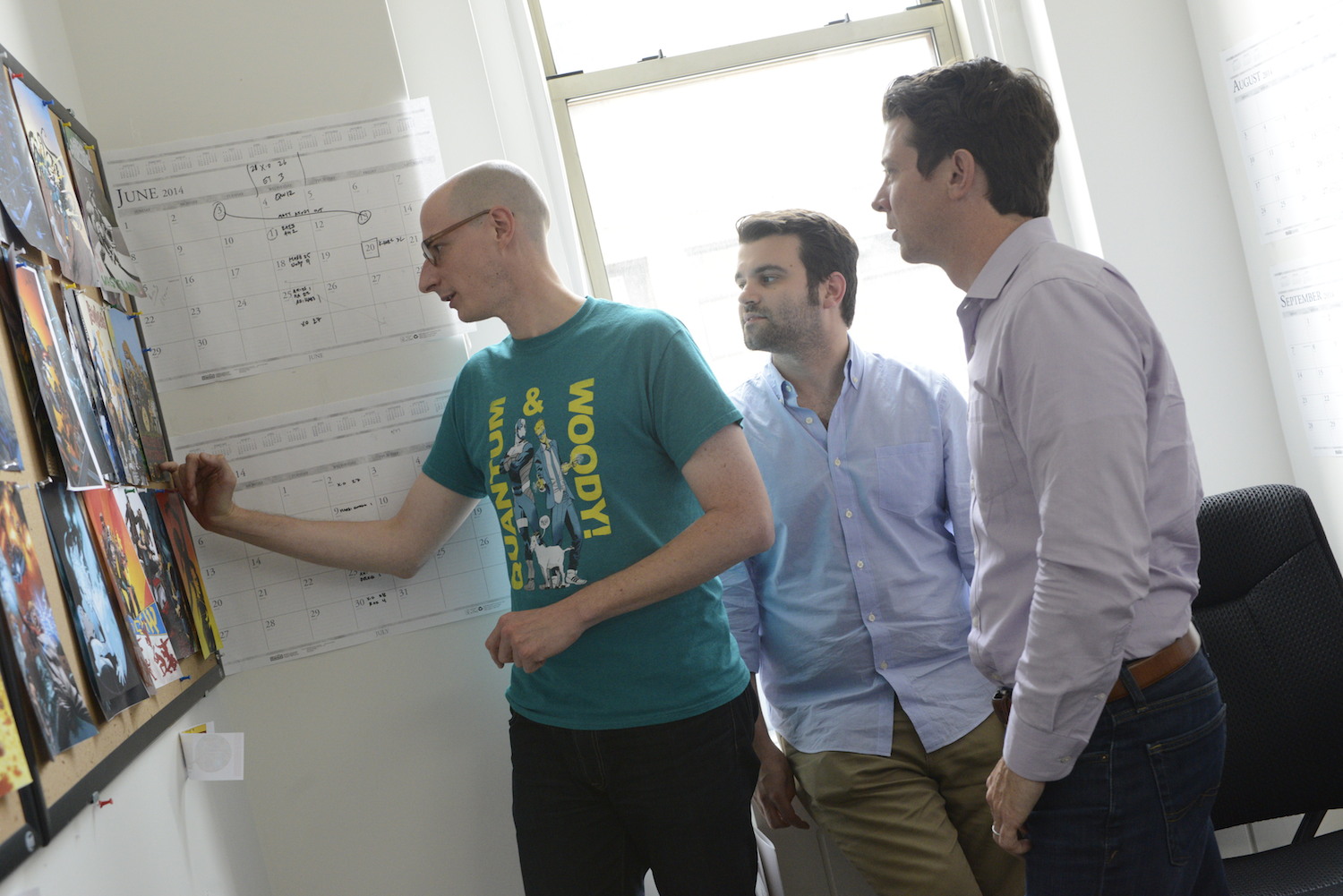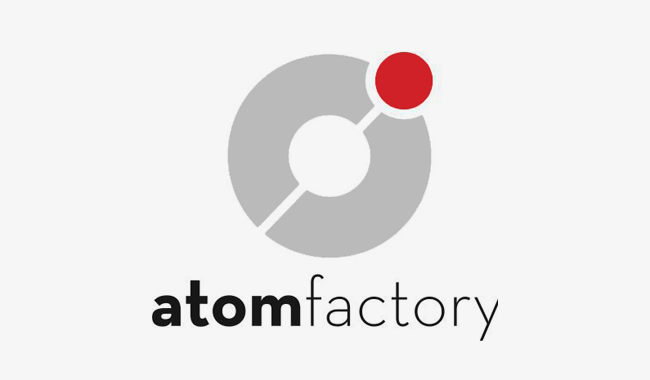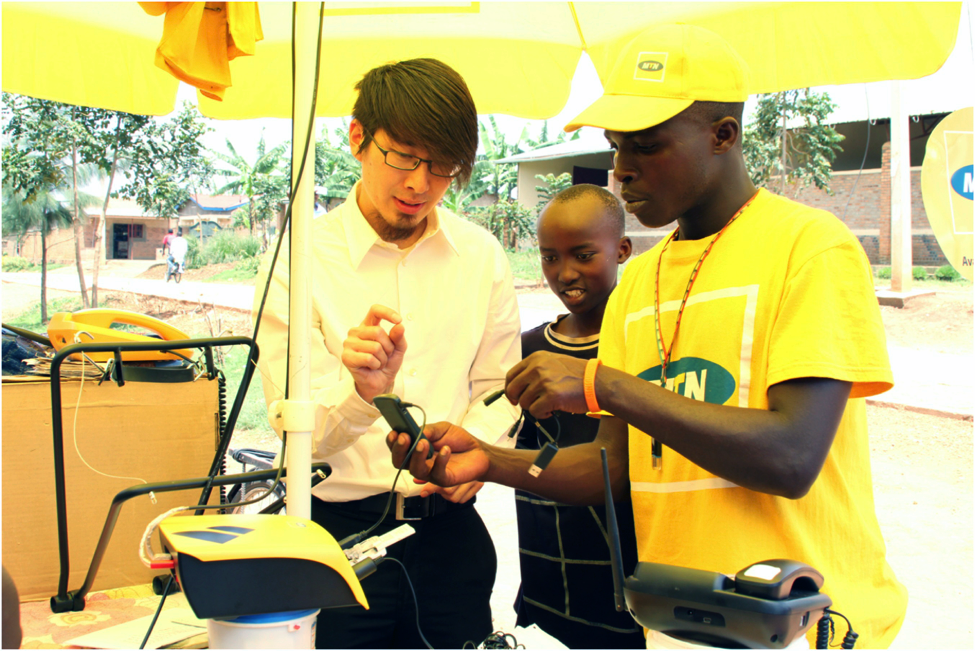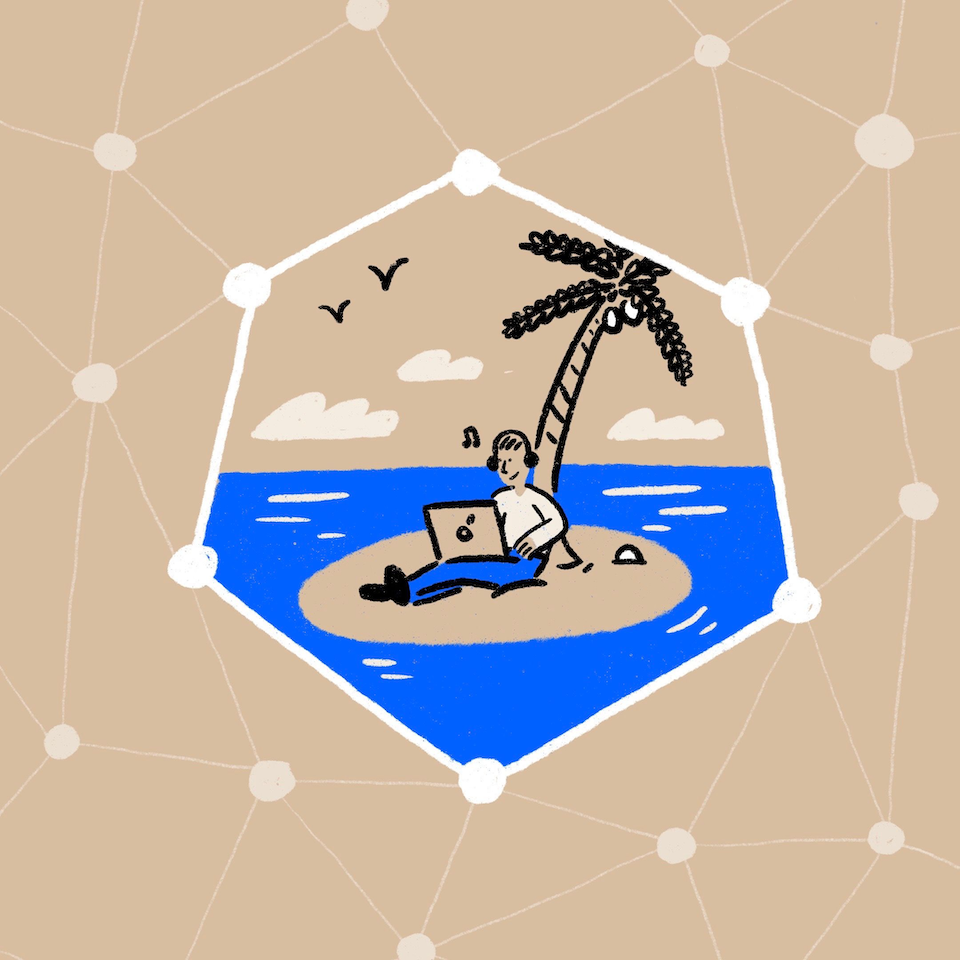
What we can learn from early adopters of distributed work
Published on June 24, 2020
A conversation with InVision and Automattic, two organizations with a combined 24 years of office-less work experience
Automattic, the company behind WordPress.com, has been fully distributed since its 2005 inception. In 2017, they experimented with a 15,000 square foot event and community space in San Francisco as an option for Bay Area employees. It looked the part: converted warehouse, open design, a custom-made barn door for good measure. But Automattic’s existing work model was so effective that the space was used infrequently, and the company abruptly ended its lease. No good deed, as it were.
InVision, a digital product design software company, was founded by New York City-based Clark Valberg in 2011. They’ve grown to a two billion dollar valuation with 700 employees. But the allure of having a swanky Midtown Manhattan loft for his team wasn’t enticing to Valberg. To date, the company still has never had an office.
For many companies new to distributed work during COVID-19, these past four months have seemed like an eternity. It turns out that, despite all they’ve accomplished as teams working remotely, Automattic and InVision would agree.
“The world isn’t in a state of remote or distributed work, as we’ve come to know it,” says Erin Casali, Head of Design, Jetpack at Automattic. “We’re in a state of forced work from home during a pandemic. We’re conflating two different things, and it’s contributing to misconceptions about the nature of true distributed work. This is a stressful time for everyone.”
In normal times, Casali had her routine. Get dressed in real clothes. Stop by her favorite coffee shop. Many times she’d eat breakfast out, even if she had food in the fridge. And then find a spot, be it at home or out in the world, to work. Needless to say, that rhythm has been thrown off over the last few months.
Still, both companies have had a leg up when it came to adjusting to the current constraints. “It's been a crazy time for everyone in the world these last few months,” says David Fraga, President of InVision. “In the midst of everything else changing around us, we're lucky to have the core way we work with one another not be one of those things. We were already a fully distributed team with people in 40 states and 27 countries. I’m grateful that, in these challenging times, we haven't had to reinvent the way we work nearly as much as we’ve had to adjust the way we live.”
While we're all in the midst of a new way of life, there's a lot we can learn from Automattic and InVision about their way of working.
Growing distributed roots
Many tech companies use plush offices as a way to attract top talent. InVision had the opposite approach. “The smartest organizations know that their most important asset is their people—being able to find and keep the best folks over an extended period of time,” Fraga says. “When you remove the friction of geography, it unlocks a much wider set of people you can work with. It also changes the nature of their experience working with you and your ability to retain and grow with them.”
One such success story is with InVision’s head of design, who was one of the company’s first 20 employees. His family faced a life crossroads when his wife got into a graduate program in Scotland. “If we were any other company, that would’ve been the moment when we lost this incredibly talented member of the team,” says Fraga. “Instead, he picked up his laptop, worked from Scotland for two years, and now he's back in North America leading a team.”
“The smartest organizations know that their most important asset is their people—being able to find and keep the best folks over an extended period of time.” —David Fraga, President of InVision
Similarly, Casali has worked at Automattic for seven years, in no small part due to her ability to work from the UK. Based in London, she leads a team with members across Romania, Sweden, Portugal, Massachusetts, Illinois, and Hawaii. That’s the kind of team Automattic CEO Matt Mullenweg envisioned when he founded the company 15 years ago.
“When we started WordPress, many of the first 20 hires were people who I’d never met in person but we’d already collaborated online, sometimes for years,” Mullenweg says. “I wanted to continue that as the company grew for one simple reason: I believe that talent and intelligence are equally distributed throughout the world, but opportunity is not.”

Mullenweg speaking on distributed work in a video produced by TED and Dropbox
Living out distributed work values
While the benefits of distributed work may make logical sense at a high level, it’s the execution that determines whether the model is successful. But Fraga states that that’s the case for all organizations, not just distributed ones.
“When many people think about working in a remote environment or as part of a distributed team, they think of a handful of challenges: collaboration, culture, creativity, building trust and alignment,” he says. “The reality is, those are classic challenges of all organizations. There are additional hurdles of not being able to build those things simply from the osmosis of being together in person. It means you need to be that much more deliberate and explicit in designing the conditions for those things to be effective.”
“So when it comes to culture, we have eight core principles at InVision that are short enough to fit on an index card. Every person at InVision has eight cards on their desk. With those cards, for example, you can be having a meeting and someone can pull up their ‘humility’ or ‘candor with compassion’ card and hold it to the camera and say, ‘in the spirit of candor,’ and use that as a way to have a nuanced conversation in a constructive way,” says Fraga.
Providing best practices to facilitate interpersonal connection is one thing, but what about during the many hours when that laptop camera is off? For Casali, it boils down to trust and an examination of control in the workplace.
“Even in progressive organizations, many managers end up feeling that they have to control their employees,” she says. “That can spiral into micromanagement—it means that they're not trusting their people. When you shift to remote work, you're suddenly forced to confront yourself with a feeling that you're not in control anymore. But that's just a misconception, because controlling is, firstly, unhealthy, and secondly, usually a means to an end. It’s the outcome that matters. It’s a shift from a control mentality to an outcome mentality, from checking time to checking outcomes.“
“It’s a shift from a control mentality to an outcome mentality, from checking time to checking outcomes.“ —Erin Casali, Head of Design, Jetpack at Automattic
To deliver on those outcomes, distributed companies are arguably even more reliant on technology than ones with physical offices. And with that reliance on tools, there can be a particular etiquette that follows.
“We think about things in three speeds,” Casali says. “You have a real-time speed. So you chat in short bursts of text—we’re here in the same moment. For that we use Slack. Then you have asynchronous, or async, speed. I write something and understand that you’ll answer maybe within a few minutes, few hours, hopefully less than a day. For that we use P2, a software built on WordPress, but also Dropbox Paper or Google Docs or Basecamp would fit. The third is stable speed, for longer-term documentation. We primarily use our internal wiki and some platforms like Dropbox Business in those cases. Put it all together, and you’ll notice that every company needs to be effective at those three speeds.”
As long as a tool is defined broadly by its communication speed, Automattic is open-minded about its employees’ organic adoption of tools. That’s both not surprising at all, given the progressive culture of the company, but also a bit unexpected when its roughly one thousand employees are distributed and they’re still able to operate cohesively in spite of some team-by-team differences.
InVision built its virtual whiteboard for this moment
InVision, also a Dropbox customer, uses a stack of business software solutions that includes its own platform. For many teams, one of the biggest changes since moving from in-conference room to virtual meetings is the loss of physical surfaces filled with sticky notes and whiteboards. In 2017, InVision built Freehand, a digital whiteboard that lets teams visually collaborate and ideate in real time. Over the past few months, they’ve released a steady drumbeat of key updates following a surge in demand.
“We’ve been using Freehand for years, to replicate the actions that are conventionally done in person,“ Fraga says. “But now many of our challenges as a distributed company are shared by so many companies around the world. We’re leveraging our experience to design solutions for these environments, because we’ve lived in them. It’s especially relevant right now.”
Like many adjustments that teams have been making during COVID-19, there are both concessions and opportunities to improve on legacy behaviors of in-office work.
“Freehand unlocks new ways of working that may even be better than when you're together in an office,” says Fraga. “If you think about the structure and hierarchy when in person, in front of a whiteboard, you've got one person with a marker. Oftentimes that person has some kind of authority in the room or in your organization, and is in control. When you have this kind of real-time multiplayer collaboration inside a Freehand, you have the ability for multiple people to be contributing simultaneously. That invites a diversity of voices that you don't always get in a conference room.”
Local, distributed, or somewhere in between?
We’ve previously covered the differences between remote and distributed work, and many companies are evaluating their path forward as the threat of COVID-19 is diminished and eventually addressed for good. Twitter and Square have already announced permanent work-from-home policies, but don’t have plans to eliminate their offices around the world. If some employees choose to go into the office when it’s permitted, and some choose to work from home (or anywhere), that company would be in a remote work model.
Casali points out that any global company with a main headquarters is, by definition, a remote model. “Once there’s a center, the company is remote,” she says. “It can be 10% remote or 50% remote, it’s remote. You end up having two types of people: those who are in person for decision making, and those who aren’t. Imagine that an important strategic decision is being made, and those meetings are happening in person, at the office. How would you feel about working remotely during that time? Do you feel pressure to be in the office?
“Now, what if all these people are never in the office? The structure is no longer imbalanced—it’s equal. And that’s why the two extremes—100% local and 100% distributed—are the most straightforward models. But the challenge with 100% local is scaling: once you create a satellite office, let’s say for growth in a new region, those employees are remote because they’re not on equal footing with the company’s decision-making teams,” says Casali.
“Once there’s a center, the company is remote. It can be 10% remote or 50% remote, it’s remote. You end up having two types of people: those who are in person for decision making, and those who aren’t.” —Erin Casali, Head of Design, Jetpack at Automattic
Fraga echoes this sentiment about equality. “I think it's fantastic that this moment is helping people realize the benefits of working across geographies in this distributed way. But there are important differences with working in a fully co-located environment, a fully distributed environment, and somewhere in between. Teams are going to need to grapple with that in-between zone where you have a population that’s physically together in an office, and then a team working from somewhere else. If processes are not well-designed, those differences can cause challenges for teams where you have a kind of second-class citizenship for people who don’t have the same access or visibility to the way decisions are made or careers are developed.”
“So perhaps one of the more provocative ideas is for teams to consider the possibility of becoming completely distributed, where everyone has equal opportunity to contribute,” he says. “It may seem like the more dramatic shift, but in our experience it has created a more scalable, inclusive, and sustainable way of working.”
To learn more about the evolving workplace and how to prepare for these changes, register here for our on-demand webinar featuring Forrester VP & Principal Analyst James McQuivey.










